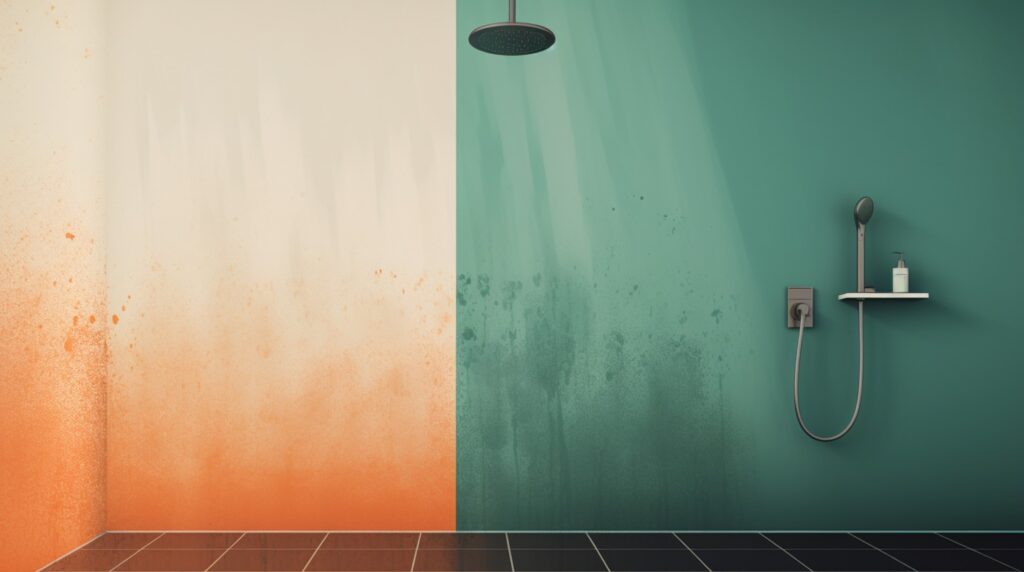
We are reader-supported. When you buy through links on our site, we may earn an affiliate commission.
We think of our homes as our sanctuaries. They’re our castles, the place we can retreat to after a long day at work. They hold all of our comforts, memories, and possessions, and there is nothing worse than getting home to find a creepy, crawly bug taking up some of our hard-earned space.
What are the most common bugs found in homes, and what can you do to keep them out of your house — or get rid of them if they’ve made themselves at home?
Flies
One of the most common bugs found in homes are flies. Flies come in a variety of different species, but they all have one thing in common — they’re annoying, get into everything, and carry some diseases. You’ll occasionally get a housefly or two in your home, but if they find somewhere to breed, you’ll be hard-pressed to get rid of them.
If you find flies in your home, start by cleaning up the area where they’re breeding. You can use fly-tape to catch the ones flying around your home, but if you remove their food source, you’ll reduce their population and make it easier to get rid of any stragglers.
Cockroaches
There’s no way to avoid it — cockroaches are gross. There are many different cockroaches, but the ones you’re most likely to find are small german cockroaches, American cockroaches, brown-banded cockroaches and oriental cockroaches causing infestations in your home.
Roaches will live nearly anywhere that they can find food, and they will eat almost anything. If you handle an infestation when it begins, you may be able to remove them from your home, but if they’ve started breeding in large numbers, you’ll likely need to employ the help of a professional pest control specialist.
Ants
Ants have earned a reputation as picnic ruiners, and they can make an enormous mess of your home as well. Sugar ants will get into any foodstuff that contains sugar, while carpenter ants can do untold damage to the frame of your home as well as any wood furniture.
The best way to get rid of ants in your home is to cut off their food supply. You can do this in one of two ways. First, remove any food scraps or open food sources from your home. Second, follow the trail of ants back to wherever they’re entering your home. They’ll always follow the same path. Figure out where they’re coming in and block their way or treat it with pesticide.
Bees and Wasps
Bees and wasps may get lumped together in the same category, but they couldn’t be different. The one thing they have in common is that they can both be pests if they set up their nests in the wrong place. What differs is how you’ll need to deal with them.
A pesticide is going to be the best way to get rid of wasps that have established their nests. You can purchase wasp decoys to keep some territorial species away. Make sure you knock down any nests to keep new wasps from moving in. Bees, on the other hand, are valuable for the environment. If you’ve got a hive in your home that’s problematic, call a beekeeper to have it relocated.
Termites
Termites are problematic, especially for wood-frame homes. They devour wood and wood-related products and, if left unchecked, can render your home unsafe and structurally unsound.
If you have a termite infestation, your only recourse is seeking the assistance of a pest control specialist. We suggest having your property inspected and treated to prevent termites from forming a colony in your home in the first place.
Bed Bugs
Bed Bugs are insidious. You can pick one up from anywhere, and it only takes one to cause an infestation. They live and hide in fabric and upholstery like furniture and bedding, and feed on blood. You’ll see their bite marks in sets of three, as they feed, move and then feed again.
Getting rid of bedbugs is challenging at the best of times. It requires constant vigilance. You need to clean your bedding by washing them in hot water and drying them at the highest setting on your dryer. Vacuum your bedding area regularly. You may also wish to treat your home and anywhere that you can spot them with a bedbug-targeting poison.
Beetles
Beetles are the most common insect on the planet. They’ll infest some foodstuffs — such as flour and cornmeal –, and you may find them in dark corners, but they don’t generally create the kind of infestations that you’ll see from some of the other insects on this list.
The easiest way to get rid of beetles is to discard any food where you find them living. They’ll set up an entire ecosystem within a container of oatmeal or a bag of flour, so if you find them hiding in your pantry, just toss them out.
Centipedes
Centipedes look incredibly creepy. They’ve got far more legs than strictly necessary and will hide in dark corners and behind boxes. The centipede is one of the few beneficial insects that you might want to find in your home. They eat most of the other insects on this list, so if you see centipedes around your home, the chances are high that it’s because there is a steady food source within.
The best way to get rid of centipedes is to get rid of their food source. Figure out what insects they’re eating, and they’ll move on to greener pastures.
Mosquitoes
Another blood-sucking insect, the mosquito, is one of the most annoying pests that you’ll ever encounter. They lay their eggs in stagnant water, breed quickly and become a significant problem very quickly. Plus, it’s incredibly difficult to sleep with the high-pitched mosquito buzzing in your ears.
The easiest way to get rid of mosquitoes is to remove the stagnant water where they breed. Look for buckets, trash cans, old tires — anything that can hold a decent amount of water — and empty them. There are a species of mosquitoes that breed in water collected in tree holes. Still, they usually respond to whatever treatment your city or county uses to keep mosquito populations down.
Mites
These insects might be too small to see, but you’ll notice their effects. Mites are too small to see with the naked eye, but they feed on the skin cells that everyone sheds, and in large concentrations can cause allergic reactions, asthma and skin rashes.
Keeping your home clean, running the vacuum and dusting can help reduce the number of mites in your home. If you have anyone sensitive to these little insects, keeping their populations down can help keep them healthy.
Silverfish
If you’ve cleaned out old boxes, especially if they store books or pictures, you’ve probably seen a few silverfish. These sneaky little critters like to chew on paper, books, photographs and other organic matter.
You can use pesticides to take care of silverfish. As with many of the other pests on this list, you can reduce silverfish populations by taking away their favorite foods and ideal conditions. That means reducing clutter, keeping food sealed up and reducing the humidity within your home. You can also sprinkle diatomaceous earth where you see them crawling as a natural and safe form of pest control.
Spiders
These aren’t technically insects, but since you can find them in your home, we’ve decided to add it to the list. Spiders are technically arachnids and, like the centipede, will spend a lot of time in your home if they have a readily available food source. They eat most of the pest insects on this list, so if you see many spiders, the chances are high that there is a bug problem in your home.
Start by getting rid of the spider’s food source. Like the centipede, it will look for a better food source and leave. Natural herbs and essential oils like mint can deter spiders from taking up residence in your home.
Look Out For The Most Common Bugs Found in Homes
These may be the most common bugs found in homes, but you don’t have to let creepy crawlies chase you away. Most of them are easy to get rid of with a bit of patience and a few tricks. Don’t be afraid to call a professional if they get too out of hand.










